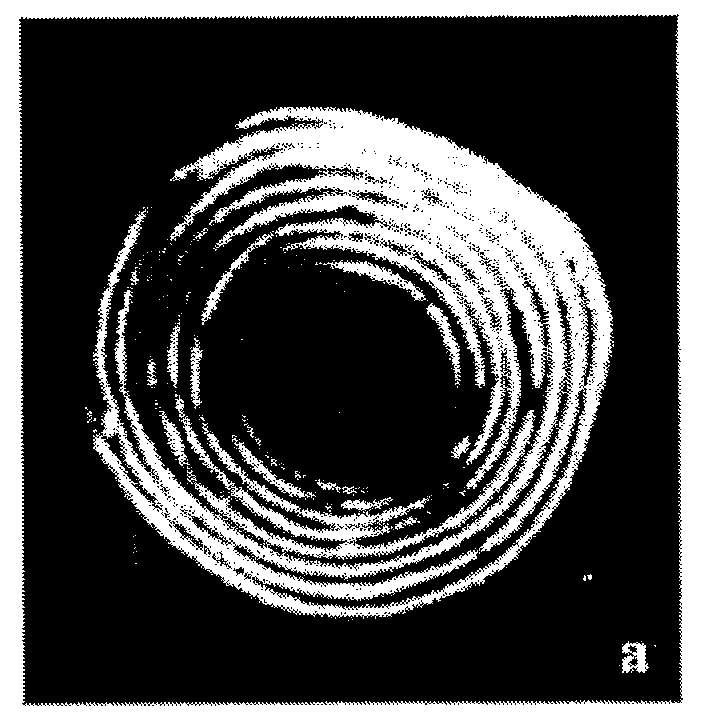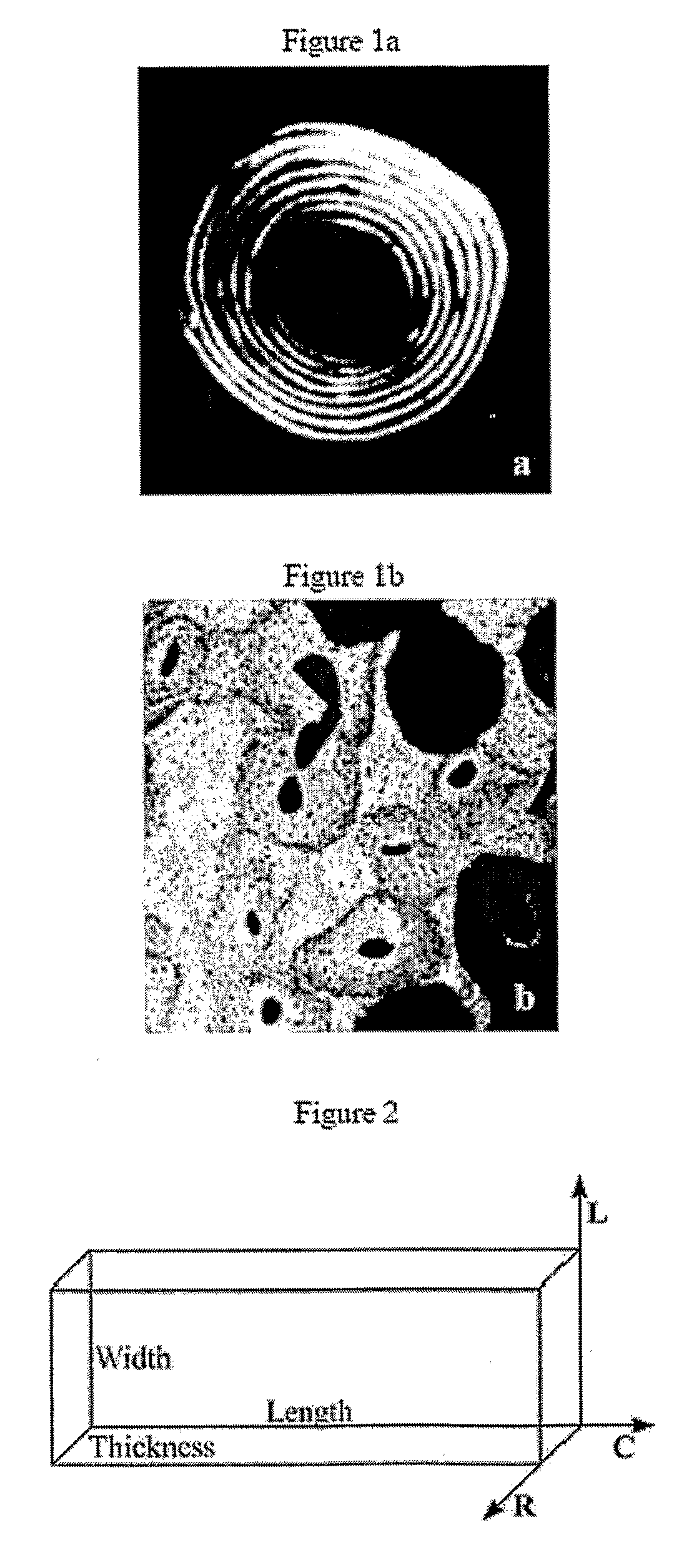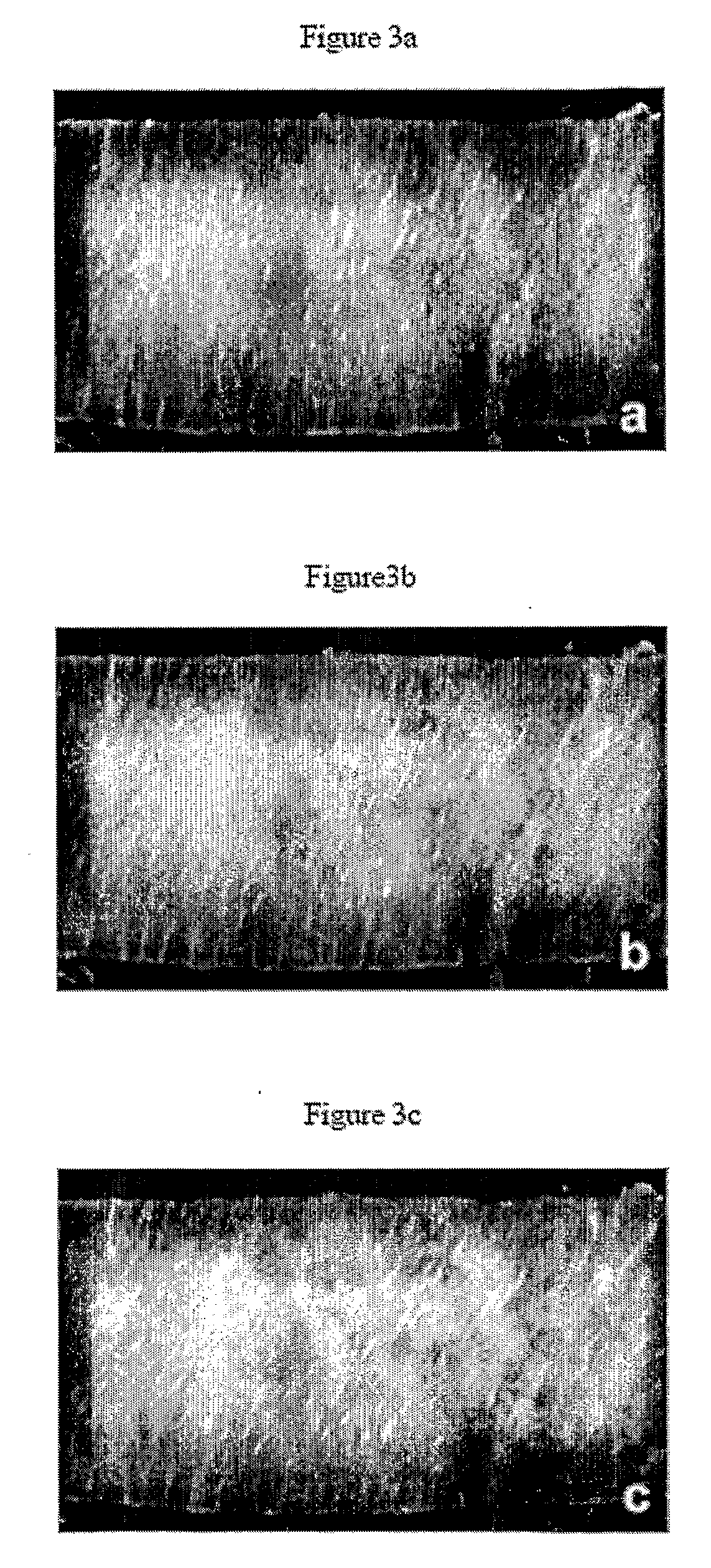Method and System for Modeling Bone Structure
a bone structure and method technology, applied in the field of methods and systems for modeling bone structure, can solve the problem that one cannot assess the orientation distribution
- Summary
- Abstract
- Description
- Claims
- Application Information
AI Technical Summary
Benefits of technology
Problems solved by technology
Method used
Image
Examples
Embodiment Construction
[0074]The present invention is next described by means of the following examples. The use of these and other examples anywhere in the specification is illustrative only, and in no way limits the scope and meaning of the invention or of any exemplified form. Likewise, the invention is not limited to any particular preferred embodiments described herein. Indeed, modifications and variations of the invention may be apparent to those skilled in the art upon reading this specification, and can be made without departing from its spirit and scope. The invention is therefore to be limited only by the terms of the claims, along with the full scope of equivalents to which the claims are entitled.
Preparation and Selection of Specimens
[0075]The post mortem femoral shafts, free of evident bone pathology, of five human males aged 25 to 41 provided bone material. The middle shaft of each femur was removed, defleshed and air-dried. A Leitz rotating saw microtome equipped with a continuous water lav...
PUM
 Login to View More
Login to View More Abstract
Description
Claims
Application Information
 Login to View More
Login to View More - R&D
- Intellectual Property
- Life Sciences
- Materials
- Tech Scout
- Unparalleled Data Quality
- Higher Quality Content
- 60% Fewer Hallucinations
Browse by: Latest US Patents, China's latest patents, Technical Efficacy Thesaurus, Application Domain, Technology Topic, Popular Technical Reports.
© 2025 PatSnap. All rights reserved.Legal|Privacy policy|Modern Slavery Act Transparency Statement|Sitemap|About US| Contact US: help@patsnap.com



